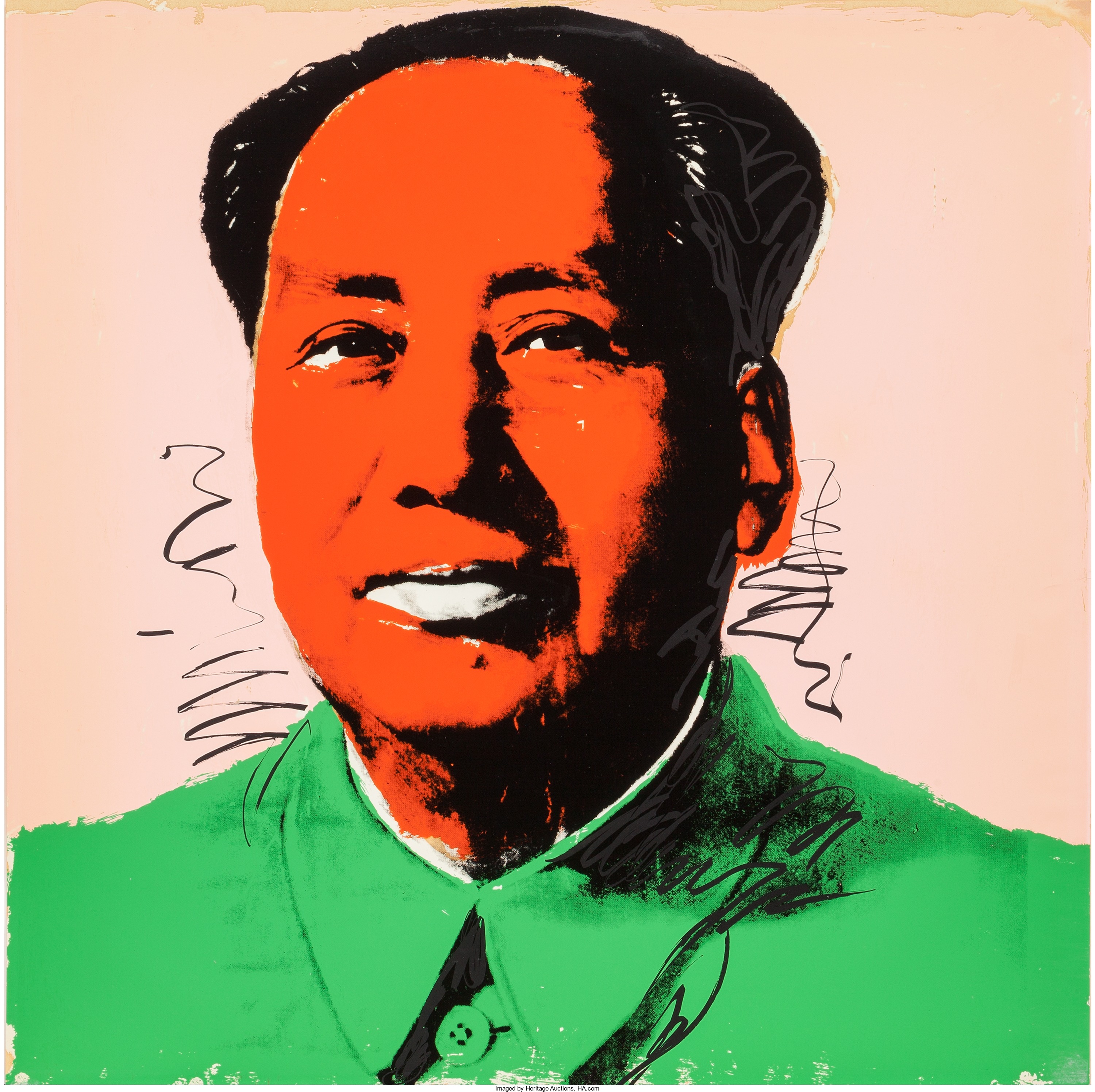
By Jim O’Neal
On April 4, 1949, the day the United States and 11 other nations signed the North Atlantic Treaty Organization (NATO), a Communist General by the name of Chu Teh began massing a million of Mao Tse-tung’s seasoned troops on the north bank of the Yangtze River. This was the last natural barrier between Mao and the few southern provinces still loyal to Chiang Kai-shek’s Nationalist Party, or Kuomintang (KMT).
Three weeks later, Chu Teh’s veterans stormed across the Yangtze, but only met token resistance. Chiang had withdrawn 300,000 of his most reliable soldiers to form a rear-guard perimeter around Shanghai. A week later, Chiang fled across the Formosa Strait to Taiwan, along with a cadre of KMT, but it seemed clear that China was a lost cause.
Mao Tse-tung proclaimed Red China’s sovereignty on Sept. 21, 1949 – the same day West Germany declared its sovereignty – and this was followed by Chiang announcing the formation of his new government in Taipei. Chinese politician Sun Yat-sen’s 50-year-old vision for a democratic China was dead, and the U.S. expectation that Chiang would establish the non-communist world’s eastern anchor died with it.
The world now had two Chinas!
The American response was slow. Newspapers had carried regular accounts of the Chinese Communists and the KMT’s slow disintegration, but China was so vast, the geography so unfamiliar and movements of the unmechanized armies so slow, that Americans had lost interest in these distant battles.
However, when the KMT collapsed, U.S. Secretary of State Dean Acheson decided to lay out the entire situation before the American people. On Aug. 5, 1949, the State Department issued a 1,054-page white paper, conceding the world’s largest nation had fallen into communist hands. The chain of events leading to this tragic end was also explained, including the $2 billion that had been largely wasted and the 75 percent of American arms shipments that had fallen into Mao’s hands.
The American people were stunned by this admission. Everything American diplomats had achieved in Europe – the Truman Doctrine, the Marshall Plan, NATO – seemed to have been annulled by this disaster in Asia.
The burning question was … who was responsible for losing China?
Richard Nixon of California flatly blamed the Democrats. On Feb. 21, a young congressman from Massachusetts, John F. Kennedy, said that at Yalta, a “sick” Franklin Roosevelt had given strategic places to the USSR. This, Kennedy concluded, “is the tragic story of China, whose freedom we fought to preserve. What our young men saved, our diplomats and our presidents have frittered away.”
Thus began one of the darkest periods in American history. President Harry S. Truman’s Executive Order 9835 created the “Loyalty Order” program and in 1947, the FBI began stalking “disloyal and subversive persons” by conducting name checks on 2 million federal employees and background checks on 500,000 annual applicants for government jobs. During the program’s five years, the FBI screened over 3 million Americans and conducted 10,000 field interviews. Preliminary indictments were filed against 9,977, of whom 2,961 were arraigned.
Seth Richardson, chairman of the Subversive Activities Control Board, summed up his findings for a Congressional committee: “Not one single case or evidence directing toward a case of espionage has been found by the FBI indicating that a particular case involves a question of espionage.”
In the entertainment industry, “blacklisting” became a form of blackmail and took its toll on a small group for a full decade.
Time has blurred the sharp contours of the Age of Suspicion, but it was a dark period that must never be allowed to recur.
We still don’t know, or agree on, who lost China.
 Intelligent Collector blogger JIM O’NEAL is an avid collector and history buff. He is President and CEO of Frito-Lay International [retired] and earlier served as Chairman and CEO of PepsiCo Restaurants International [KFC Pizza Hut and Taco Bell].
Intelligent Collector blogger JIM O’NEAL is an avid collector and history buff. He is President and CEO of Frito-Lay International [retired] and earlier served as Chairman and CEO of PepsiCo Restaurants International [KFC Pizza Hut and Taco Bell].
